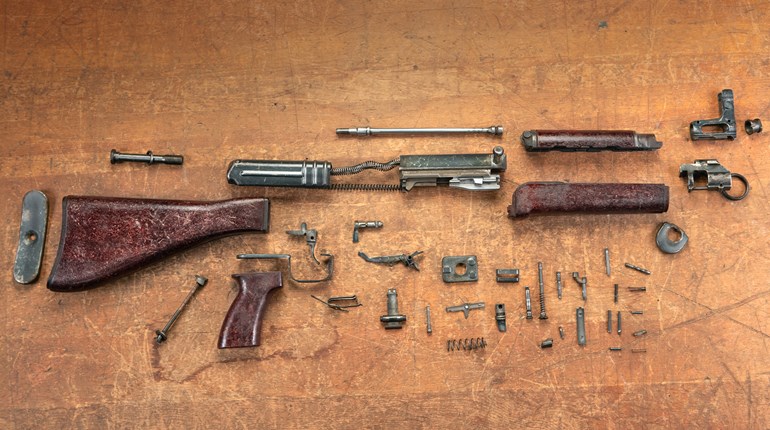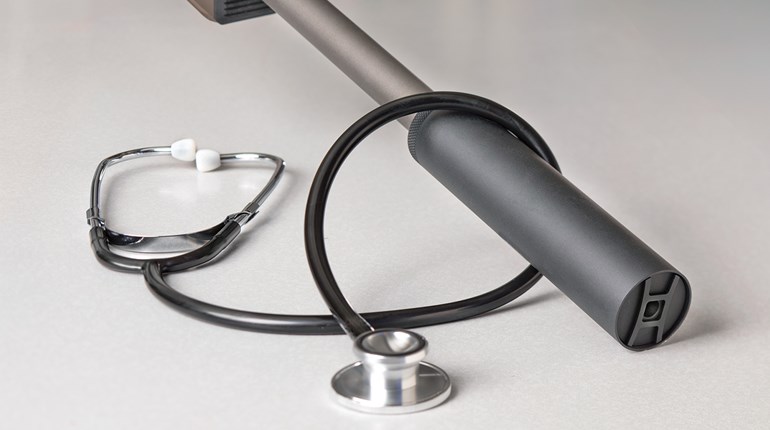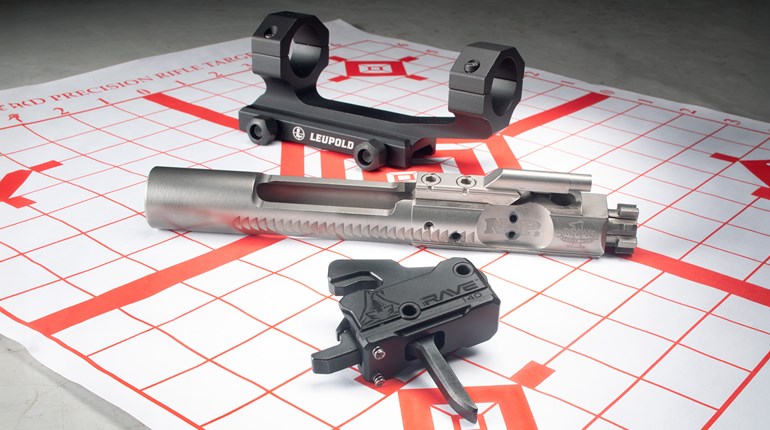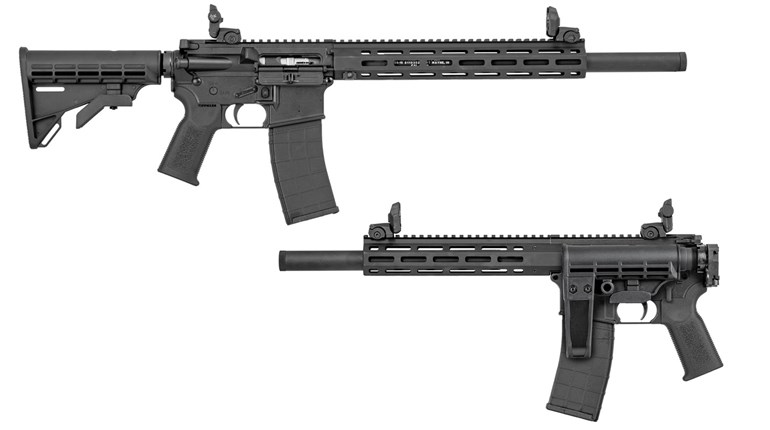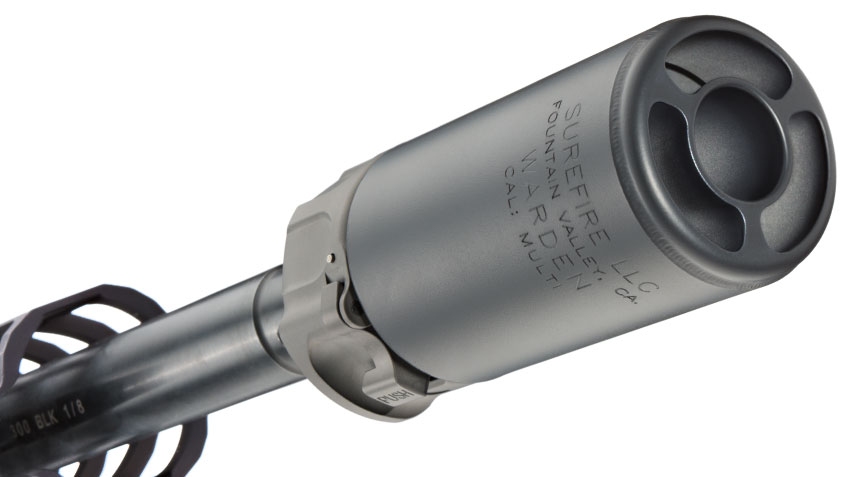
Muzzle blast is one of the least-pleasant side effects of shooting a centerfire rifle—at least from the shooter’s perspective. Experiencing it from a position alongside someone else’s barrel is particularly disagreeable. If you change the venue from an outdoor to an indoor range, hallway or small room, the concussion will make you unpopular very quickly. While professional CQB-ers are accustomed to eating the dragon’s breath from muzzles to their left and right, that does not mean it is fun to endure. Muzzle blast also poses a signature problem for anyone who finds themselves up against human threats in dusty or heavily vegetated environments. Fire a prone shot over sand or loose soil, and you may as well be using blackpowder for the cloud that is thrown up. Likewise, disturbed vegetation near a muzzle blast is akin to waving a flag in the middle of a thicket. Complicating things, the best muzzle brakes tend to present the most flash at night.
Rifle shooters have several options to reduce or nearly eliminate muzzle blast. A good flash hider certainly helps, but it still expels some blast off to the sides, top and bottom, particularly on larger-caliber centerfires. In my experience, a sound suppressor is the best medicine for most of the woes that accompany a rifle’s report at the muzzle. But, silencers are not exactly cheap, nor simple (or quick) to purchase. Worse yet, we still have states and municipalities that restrict their citizens’ right to possess a suppressor in the first place.
Another way to fight the blast is to use a device that directs it toward your intended target instead of at everyone else. Linear compensators are a good way to accomplish this and have been around for a long time. Several companies offer them, with Kaw Valley Precision and Hera Arms making a couple of the more-popular models. This style of muzzle brake typically features solid sides and internal vents that direct gas forward via longitudinal channels. The models I have used worked well for both blast redirection and recoil management. Rifle movement after a shot tends to be straight to the rear. Most of the steel models tend to be on the weighty side, so they also help to settle jumpy muzzles.
Removable blast diffusers provide a different approach to tackling the boom while simultaneously offering some modularity. I have used a two-piece, thread-on unit from Indian Creek Design that works well in this regard. Its conical outer diffuser threads onto a small mounting ring, seated on the barrel’s shoulder behind the normal muzzle device. When desired, the diffuser shield is simply screwed into place over the normal flash hider or brake to do its job. I chose this model for a customer’s .458 SOCOM pistol and paired it with a good muzzle brake. The brake and shield worked well to tame the beast enough that range time was actually enjoyable for me and bearable for the shooters to my left and right. Best of all, your preferred muzzle device can be mounted with the Indian Creek model, meaning forward-mounted, quick-detachable sound suppressors are still usable.
Several companies now offer QD blast diffusers that mount over their proprietary muzzle brakes and flash hiders. I have lots of recent experience with SureFire’s Warden blast diffuser, which is compatible with any of its SOCOM series muzzle devices. The Warden looks like a sound suppressor that has been cut to about one-third its normal length. I find zero shift with the device on and off the gun to be minimal and repeatable, just like the SOCOM series suppressors. The added weight helps with recoil, too, but without the excessive length of a sound suppressor. Devices like the Warden are not regulated under the NFA and are compatible with a range of chamberings.
I have mounted the Warden on 6.5 Grendel and 7.62x39 mm carbines as well as 5.56 NATO pistols and rifles. These diffusers do a great job of keeping both flash and muzzle blast at bay and can be swapped from one gun to another. Most recently I set up a local SWAT sniper’s .308 Win. rifle to accept a Warden. His teammates had been complaining about the heavy blast from his rifle when shooting in close confines. The simple message he relayed to me after taking the detachable blast diffuser out for its inaugural spin pretty much says it all: “The Warden performed as advertised on my work rifle. The guys said to tell you thanks.”












